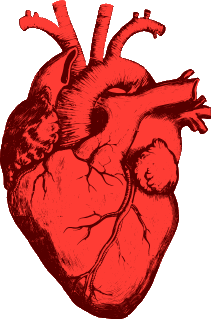Assignments for This Unit
All documents / graphic organizers for
in-class activities & homework:


Human Genetic Disorders
Text - A genetic disorder is an illness caused by one or more abnormalities in the genome.
Genetic disorders may or may not be heritable, i.e., passed down from the parents' genes. In non-heritable genetic disorders, defects may be caused by new mutations or changes to the DNA.
Levels of Organization
Where do human beings fall in the levels of organization? Use our awesome website to find out the definitions to the different levels of organization.
Living things are highly organized and structured, following a hierarchy that can be examined on a scale from small to large. The atom is the smallest and most fundamental unit of matter. It consists of a nucleus surrounded by electrons. Atoms form molecules which are chemical structures consisting of at least two atoms held together by one or more chemical bonds. Many molecules that are biologically important are macromolecules. An example of a macromolecule is deoxyribonucleic acid (DNA) , which contains the instructions for the structure and functioning of all living organisms.

The Incredible Human Machine
Film Response Sheet
Students respond to questions about information in the film

















